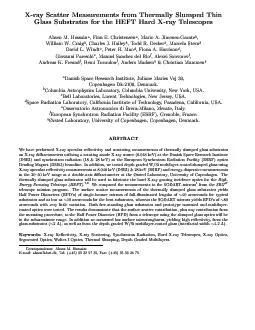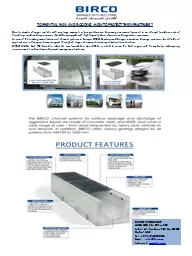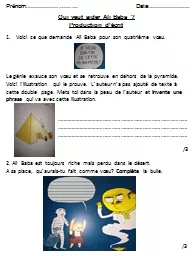PPT-1 GROUP MEMBERS Ahsen Ali 11-IE-06
Author : phoebe-click | Published Date : 2018-12-12
Mohsin Tariq 11IE22 Shahbaz Farid 11IE35 Chapter06 Layout Planning Models and Design Algorithms Facility Layout Facility layout is simply the way a facility
Presentation Embed Code
Download Presentation
Download Presentation The PPT/PDF document "1 GROUP MEMBERS Ahsen Ali 11-IE-06" is the property of its rightful owner. Permission is granted to download and print the materials on this website for personal, non-commercial use only, and to display it on your personal computer provided you do not modify the materials and that you retain all copyright notices contained in the materials. By downloading content from our website, you accept the terms of this agreement.
1 GROUP MEMBERS Ahsen Ali 11-IE-06: Transcript
Download Rules Of Document
"1 GROUP MEMBERS Ahsen Ali 11-IE-06"The content belongs to its owner. You may download and print it for personal use, without modification, and keep all copyright notices. By downloading, you agree to these terms.
Related Documents














